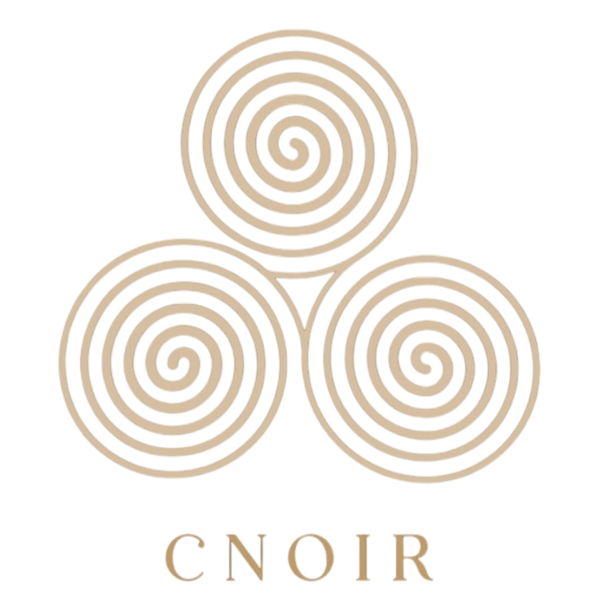Hausa Tailoring: Why Precision is Everything
Craftsmanship and Culture in Modern Menswear
In a world of fast fashion and fleeting trends, Hausa tailoring remains a standard of timeless precision. Known for its meticulous detail, sharp lines, and refined silhouettes, it’s more than just fabric — it’s a statement of cultural pride and masterful artistry.
At CNOIR, we draw deep inspiration from traditional Hausa design language. Why? Because this tradition represents everything we believe modern African menswear should embody: elegance, intention, and excellence.
Precision in Every Line
From the first cut to the final stitch, Hausa tailoring is defined by its clean lines and architectural construction. The result? A garment that doesn't just sit on the body — it sculpts it. Every pleat, seam, and collar tells a story of control and craftsmanship.
These aren’t accidental aesthetics. They’re centuries-old practices, evolved over generations, designed to reflect dignity and presence.
The Importance of a Flawless Fit
There’s a reason traditional garments tailored in the Hausa tradition feel distinctive — it’s all about intention. The fit is everything. Every measurement is taken to enhance the form of the wearer, not just cover it.
At CNOIR, we adopt these principles into our contemporary pieces, ensuring each kaftan, tunic, and overcoat fits like it was made for you — because it was.
Cultural Sophistication Woven In
What sets Hausa tailoring apart isn’t just the clothes — it’s the culture. Fine embroidery, understated ornamentation, and classic silhouettes all echo legacy. It’s the kind of subtle sophistication that doesn’t need to shout to be heard.
We believe in creating clothing that honors this legacy while making room for the modern man — whether he’s rooted in tradition or writing a new one.
Why It Matters Now More Than Ever
In a global fashion market that often borrows and dilutes, embracing authentic African craftsmanship is a radical act. Hausa tailoring reminds us that true luxury is measured in time, technique, and intention — not logos.
The future belongs to those who know who they are. And your style should reflect that.
```
